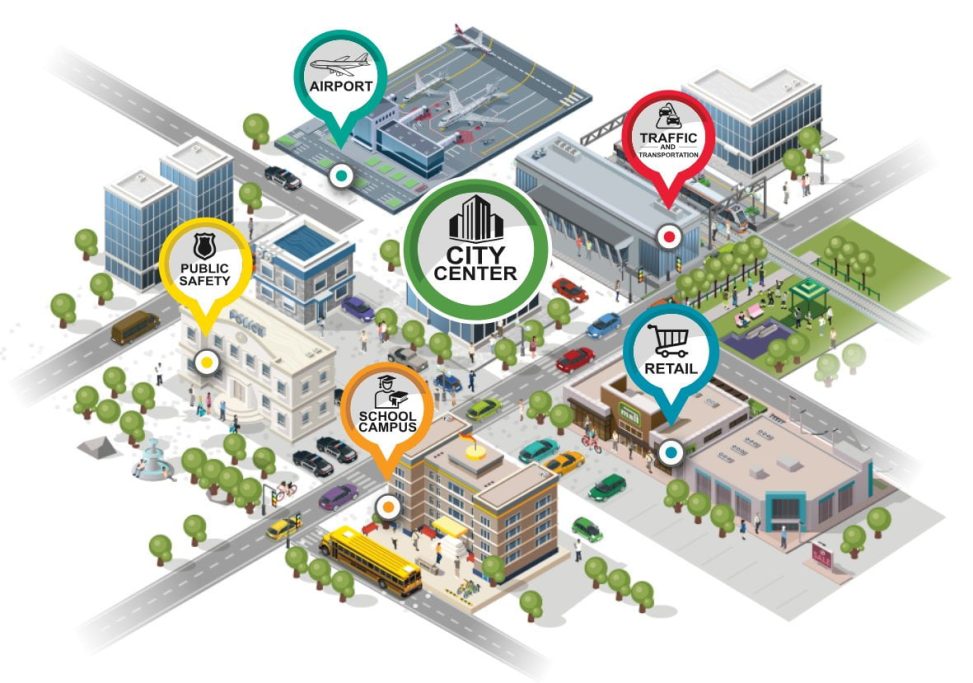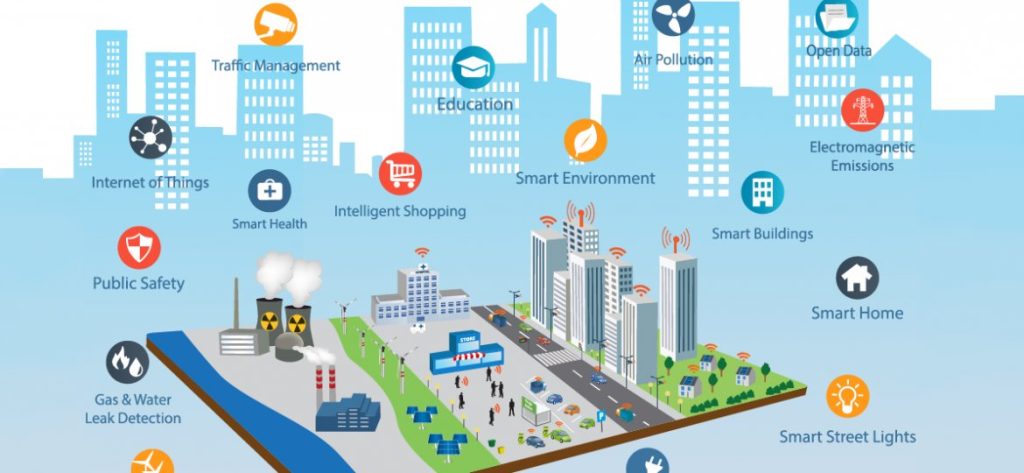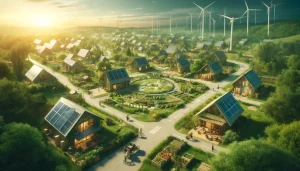Introduction: The Smart City Dream
As the world embraces urbanization, smart cities have emerged as the beacon of sustainable development. They promise smart governance, sustainable urban landscapes, and enhanced quality of life. However, while technology, city research, and infrastructure play significant roles, meaningful community engagement remains an elusive goal. This article delves into the challenges faced in ensuring genuine community participation in the smart city development process.

Section 1: The Importance of Engagement in Smart City Planning
Smart Engagement Ecosystem
Smart cities are not just about smart technologies but about smart people. They thrive when there’s a smart engagement ecosystem that includes all community members, from city hall administrators to ordinary citizens.

The Smart City Concept: Beyond Technology
Achieving smart sustainable cities goes beyond infrastructure. It encompasses co-creating a city context that integrates sustainable urban development with the unique needs and aspirations of its citizens.
The Role of Literature on Smart Cities
Literature on smart cities emphasizes the importance of an inclusive smart city discourse. City literature and research provide a framework for understanding the need for community engagement and the challenges therein.
Section 2: The Challenges of Community Engagement in Smart City Planning
Diverse Interests and Perspectives
One primary challenge lies in balancing the diverse interests of community members, city authorities, smart city developers, and technology providers. Achieving meaningful participation becomes challenging when there’s a clash of visions and priorities.
Urban Challenges: Bridging Digital Divides
Not all citizens are equipped with the knowledge or resources to participate in smart initiatives. Ensuring inclusivity means addressing digital divides and promoting smart literacy among all urban dwellers.
City Administration’s Approach
City administrators and city managers often prioritize efficiency. However, meaningful community engagement requires time and patience, leading to potential clashes between quick implementation and in-depth public engagement.
Early-Stage Smart Engagement
Involving citizens from the early stages of smart city project planning ensures that their insights shape city strategies. However, achieving early-stage smart engagement is often overshadowed by the rush to roll out smart technologies.
Navigating the Complex Smart City Context
With multiple aspects of smart cities, from smart living to smart economy, ensuring that all sectors have community representation is a daunting task. The broader smart city context requires continuous adaptation and dialogue.
Section 3: Paving the Way Forward
Building Smart Cities with People at the Core
For smart cities to be truly smart and sustainable, they must prioritize people. This means moving from merely implementing smart solutions to co-producing smart cities, ensuring citizens are at the heart of the city model.
Rethinking City Research and Strategies
City research needs to be dynamic, capturing the evolving needs of the urban populace. Embracing a flexible city strategy that can accommodate feedback and evolve based on community input is crucial.
“Smart Cities” for All
The term “smart” must encompass all facets of city life. Ensuring every community member feels included in the smart city discourse is the ultimate goal, leading to more vibrant, resilient, and inclusive urban spaces.
Conclusion: The Future Awaits
The journey towards perfect community engagement in smart city planning is ongoing. As challenges arise, the emphasis should always be on the community, making smart cities truly for and by the people.




